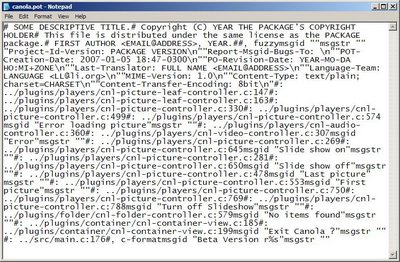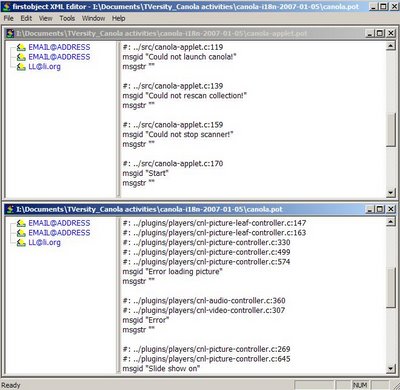

I heard via Handful of INdt this evening that the Canola 2 Beta, will be with us within 10 short days!
I was pointed in the direction of a freshly prepared teaser web site, to promote the count down to what I consider will be a great event in the history of the Nokia Wi-Fi Internet Tablets progression into the consciousness of not just Geeks, but the general public.
For those who don't already know Canola is a media playing application. Apparently a roadmap for Beta 2 will be published, where I understand that the initial release in 10 days time will contain
Music, Photo and Video Playback, via Local, Network (UPnP) and the Internet. (Photocast & Podcast) It will have an improved configuration capability built into the application (Not the web based configuration that came with Canola beta 1) For months we have been listening, reading and digesting news about how good the iPod Touch and the iPhone are. Well listen up all Apple fans, there is a quiet revolution taking place with the help of Nokia and it's Internet Tablets and a Linux based mobile operating system called Maemo.
Canola is just one of many great applications that can be downloaded onto the Nokia Internet Tablet devices. We are not tied like Apple to only install applications that Apple wish us to use on their devices, but are positively encouraged by Nokia to Port and or Develop New applications from/on the Linux desktop environment.
Handful has a post about the new "Canola 2 Beta" web site in his personal Blog "Handful of Nothing"
Examples of Interesting sites to visit and read up on the Nokia Internet Tablet revolution and the applications that can run on these great devices can be found at:-
InternetTabletTalk
Maemo
Maemo Downloads
Keep a watchful eye out for Canola Beta 2´s release, not so long to wait now :-)








































